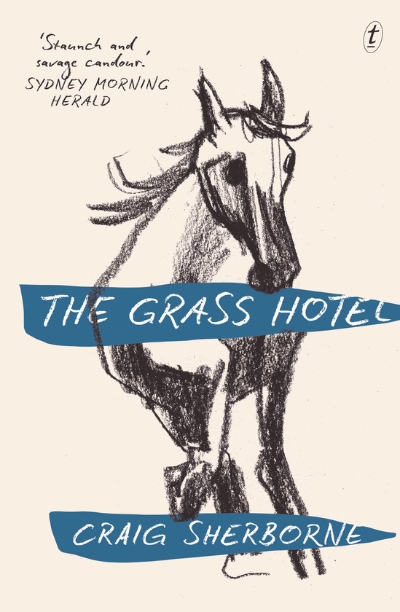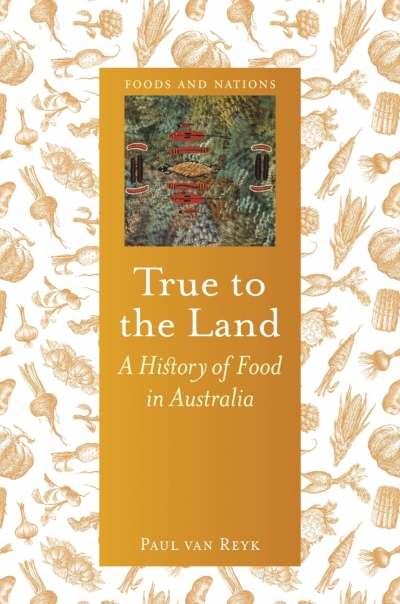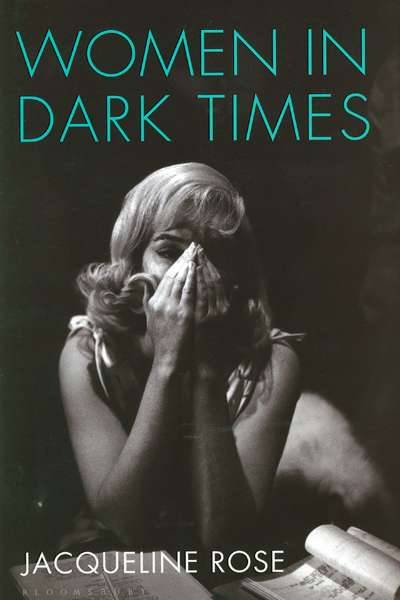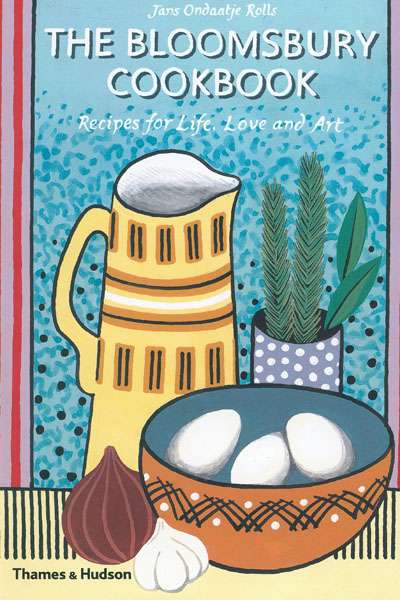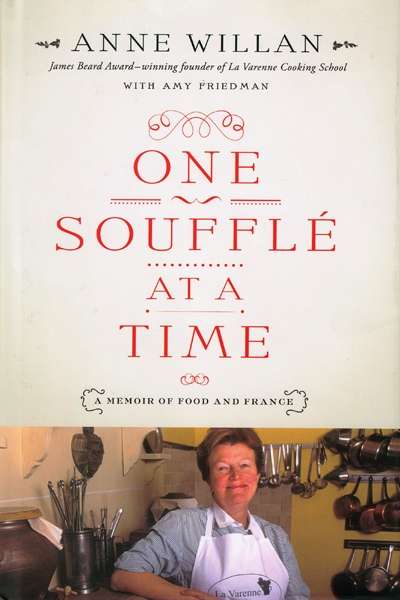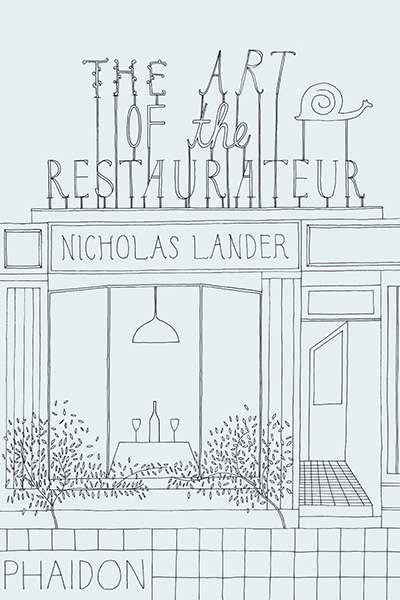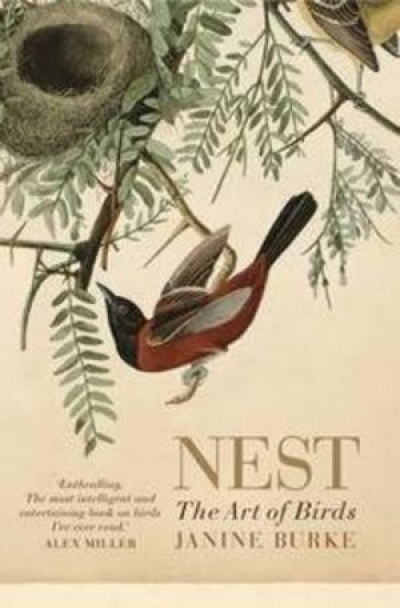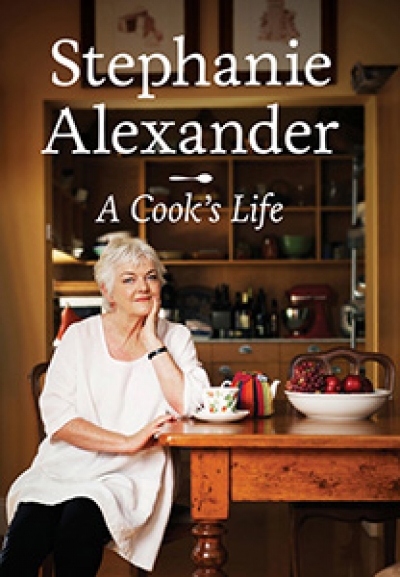Gay Bilson
True to the Land: A history of food in Australia by Paul van Reyk
by Gay Bilson •
The Bloomsbury cookbook: Recipes for life, love and art by Jans Ondaatje Rolls
by Gay Bilson •
One Soufflé at a Time: A Memoir of food and France by Anne Willan
by Gay Bilson •


